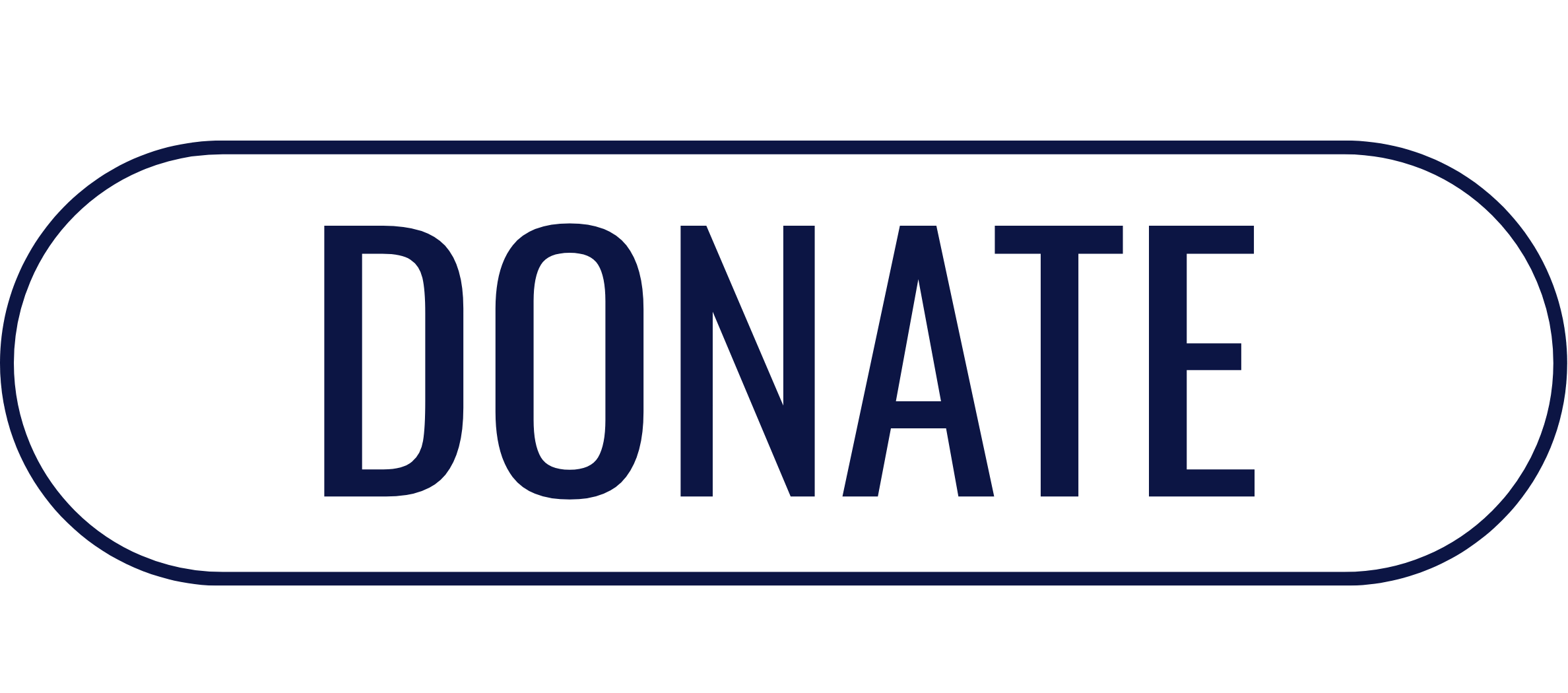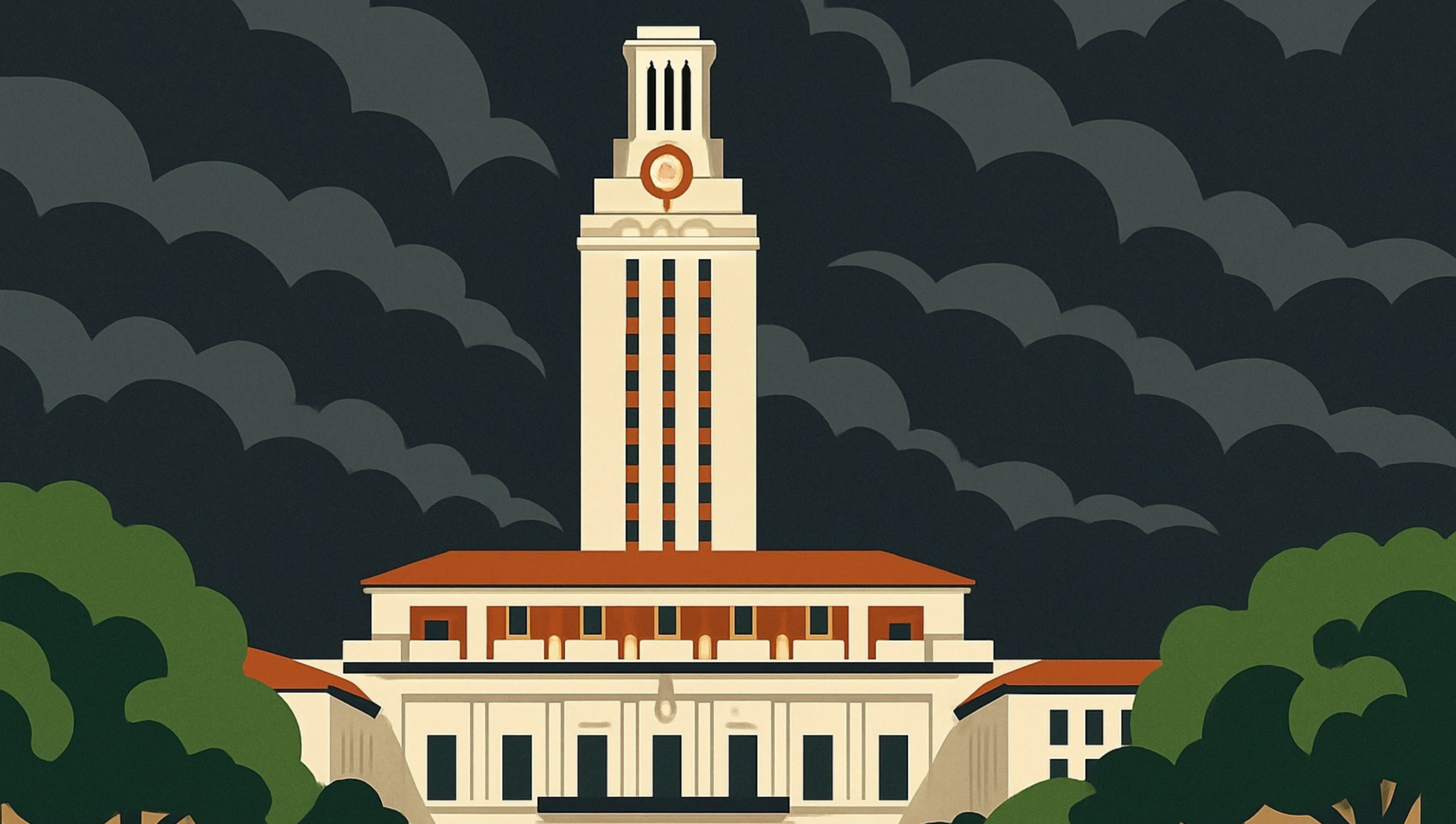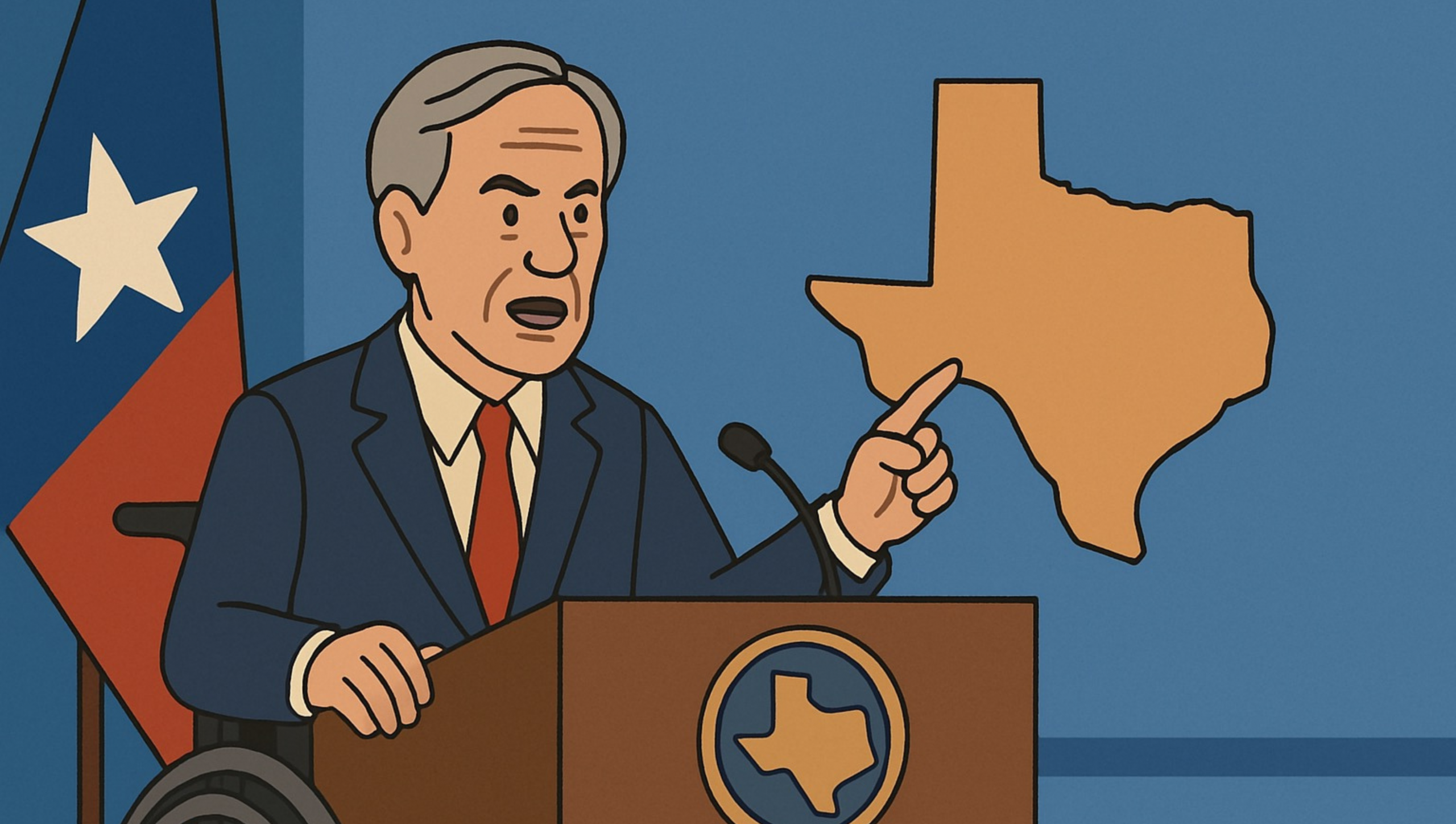With all the recent talk of extraterrestrial aliens and Ukraine, you might have missed the recent news story of yet another bank failure in the United States this year.
July saw another bank failure in the United States, the Heartland Tri-State Bank in Kansas, bringing the total count of bank failures to four, along with a forced bank merger—the most failures since 2020.
Background
The first bank failure of the year was actually the third largest in history, with the collapse of the Silicon Valley Bank in March 2023. It was the largest bank failure since the 2008 economic crisis. After several warning signs of imminent collapse and a bank run, the bank was shut down, ending a more than 800-day streak of no bank failures. The Silicon Valley Bank failure was a signal of things to come.
Just two days later, Signature Bank collapsed. On May 1st, First Republic Bank succumbed to pressure and failed. Then, less than three months later, on July 25th, the federal government forced a bank merger between struggling PAC West Bank and Bank of California, supposedly to prevent another bank failure.
The Fourth Failure
Fast forward to July 28th. The fourth bank failure of the year came with the shuttering of Heartland Tri-State Bank in Elkhart, Kansas. The Federal Deposit Insurance Corporation (FDIC) closed the bank and assumed all the deposits, then announced that Dream First Bank of Syracuse, Kansas, would subsume the assets of Heartland Bank.
This fourth failure marks the most bank failures in a single year since 2020, when COVID-19 and the forced shutdowns and restrictions of individuals and businesses by governments across the nation took its toll on banks and the entire economy.
Yet this time, banks are failing or nearly failing even without nationwide shutdowns.
Why?
Without knowing the exact details of each particular bank, there are several reasons why this might be happening now.
Interest Rates: In March of 2020, the Federal Funds Interest Rate, the benchmark for overnight bank loans, was at 0%. Yes, you read that right. Banks could borrow money with no interest, making money easy to come by with virtually no risk. Even for the 13 years prior to 2020, banks had access to loans with Federal Funds Rates ranging between 0% and 2.5%. That’s nearly a decade and a half of easy money with low risk. This, in turn, can incentivize banks to provide their own loans with low interest rates and even provide risky loans.
This long period of low interest rates has been followed by nearly 18 months of rate increases by the federal reserve, with interest rates reaching more than 5% in 2023. Higher interest makes it more difficult and increases the risk in banks taking out loans.
Fewer Loans: Higher interest rates have also lowered the demand for loans, making it harder for banks to meet their own responsibilities. It also hurts the main money-making business of banks, which is loans and interest.
Government: Government intervention, including forced mergers and artificially stepping in to “stabilize,” despite the best of intentions, can also have an effect. Not to mention other government factors such as over-spending, debt, poor fiscal policies, and over-regulation.
Concerns
Bank failures are not terribly uncommon, and there have certainly been many more bank failures in the past. It is highly concerning, however, that four banks have failed in quick succession (and a near failure, before the formed merger) after a two-year no-fail streak. And the third-largest failure in history occurred at the beginning of the year.
Another concern is the continued concentration of banking, investment, and capital in the hands of a few select individuals and institutions. Many of the banks that fail get bought out or subsumed into huge, national banks, such as Bank of America, Goldman Sachs, JP Morgan Chase, Wells Fargo, Morgan Stanley, and Charles Schwab. In the long run, this could threaten stability and freedom as banking monopolies grow.
Combine bank failures with record levels of inflation, massive rises in interest rates, stagnant wages, and an economy still struggling to recover from the decimation it experienced at the hands of government intrusions during COVID-19 … and things appear a little bleak. All that puts American families’ hard-earned money, and their livelihoods, at risk.
Texans for Fiscal Responsibility relies on the support of private donors across the Lone Star State in order to promote fiscal responsibility and pro-taxpayer government in Texas. Please consider supporting our efforts! Thank you!
Get The Fiscal Note, our free weekly roll-up on all the current events that could impact your wallet. Subscribe today!




